This is what I use to display a map with 3 pins/markers:
<script>
function initialize() {
var locations = [
['DESCRIPTION', 41.926979, 12.517385, 3],
['DESCRIPTION', 41.914873, 12.506486, 2],
['DESCRIPTION', 41.918574, 12.507201, 1]
];
var map = new google.maps.Map(document.getElementById('map'), {
zoom: 15,
center: new google.maps.LatLng(41.923, 12.513),
mapTypeId: google.maps.MapTypeId.ROADMAP
});
var infowindow = new google.maps.InfoWindow();
var marker, i;
for (i = 0; i < locations.length; i++) {
marker = new google.maps.Marker({
position: new google.maps.LatLng(locations[i][1], locations[i][2]),
map: map
});
google.maps.event.addListener(marker, 'click', (function(marker, i) {
return function() {
infowindow.setContent(locations[i][0]);
infowindow.open(map, marker);
}
})(marker, i));
}
}
function loadScript() {
var script = document.createElement('script');
script.type = 'text/javascript';
script.src = 'https://maps.googleapis.com/maps/api/js?v=3.exp&sensor=false&' + 'callback=initialize';
document.body.appendChild(script);
}
window.onload = loadScript;
</script>
<div id="map" style="width: 900px; height: 700px;"></div>
What I’m looking for is a way to avoid having to “manually” find the center of the map with center: new google.maps.LatLng(41.923, 12.513). Is there a way to automatically have the map centered on the three coordinates?
